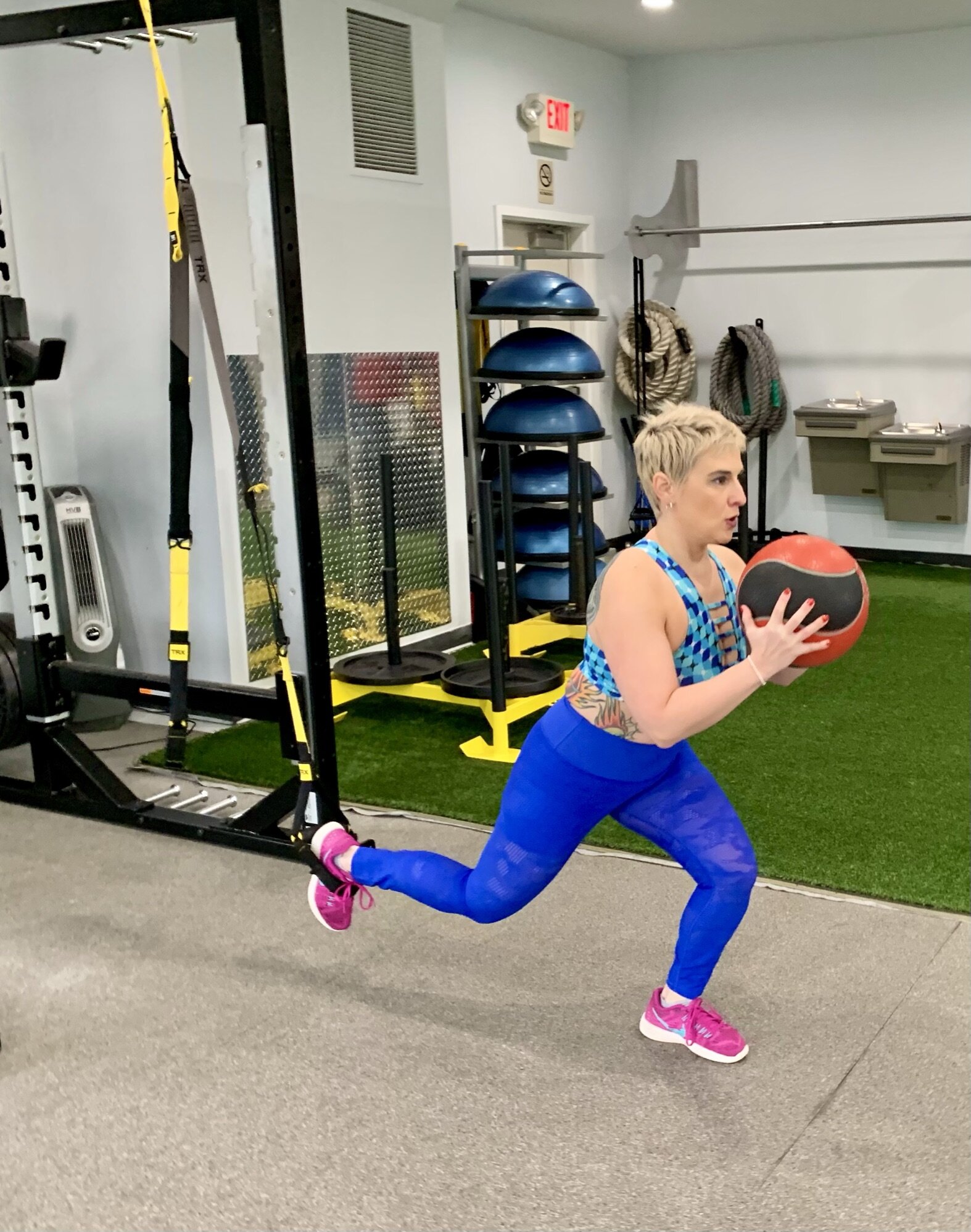Functional Movement Training Disciplines
Mobility & Stability
The human body is designed to move. The Central Nervous System (CNS) is responsible for controlling muscle contractions to create joint actions for any given movement. Our mobility is based on a joint’s ability to move freely through a given range of motion (ROM). When joints are inhibited, mobility decreases and certain movement patterns may no longer be possible, or at least more difficult, to perform.
It is our priority at BoldFit to maintain a critical focus on each client’s mobility. We will work to evaluate clients’ movement patterns, to improve form, to increase range of motion, to ensure the health of joints and muscles, and to sustain mobility for longevity. If we want to be able to independently accomplish the activities of our daily lives, then mobility must play a central part in any healthy and sustainable fitness training program..
Our mobility relies on the body’s ability to stabilize. In order for the body to move through a range of motion, the surrounding tissues of a joint need to activate so they can support the joint throughout the movement. In other words, stability provides control of your body through movement by resisting forces that may impact the proper range of motion.
In the Functional Movement training model, mobility and stability are inextricably linked. Safe, efficient, and progressive movement must include, first and foremost, stability in the lumbar spine, which provides an anchor point for movement of the upper and lower body. Weak or inadequate engagement of the lumbar spine can lead to compromised movement or unintended usage of the mobilizing muscles to perform as stabilizers. These types of alterations to a joint’s intended function can lead to injuries, imbalances, and other anatomical constraints. Given the essential functions of the lumbar spine, Boldfit works with each client, regardless of fitness level, to learn how to activate the muscles that surround the lumbo-pelvic-hip area prior to beginner-level activities. Subsequently, throughout more advanced resistance-training programming, focus on other stabilizing muscles and joints will be included.



